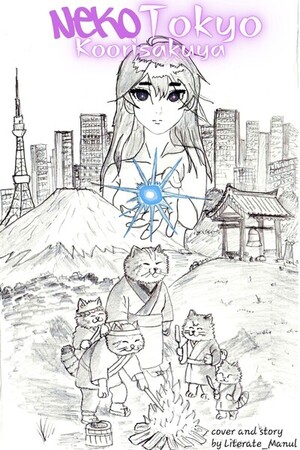Chapter 16:
June
Orpheus Effect
The Three Days of Fire and Brimstone managed to accomplish what decades of disarmament talks and treaties couldn’t. The proverbial sword of Damocles that dangled over humanity’s head for the better part of a century finally fell and only hit it in the foot. It was a strange twist of fate that what seemed like the end of the world would eliminate one of the biggest threats to its survival. But with its trump cards played, the West looked uneasily towards the Middle East, unsure what would happen next.
As June began, the returner effect had reached Iraq, home to the biggest cemetery in the world, the Wadi-us-Salaam in the holy city of Najaf. It contains over 6 million graves and attracts countless pilgrims every year. According to the Shi’ite tradition, it was the prophet Abraham who first bought the land in Wadi-us-Salaam. It is believed that Ali, the first Shi’ite imam, said that the cemetery was part of Heaven, and that he possesses the power to intercede on behalf of the deceased, easing their passage from worldly life, so that those buried there will be raised from the dead on Judgment Day alongside their spiritual leader. So, not just Iraqi, but Muslims from around the world aimed to be buried there.
Thus, when thousands of returners rose up over the course of June in Wadi-us-Salaam, it was seen as proof that Judgment Day was at hand, which in the Koran is frequently referred to as the Day of Resurrection. The fears that the Middle East would take advantage of European instability to launch a massive attack turned out to be unfounded. The first-hand proof of resurrection was enough to convince most Muslims that the centuries’ old battle was at long last over, and now came an age of peace. The imams across the different sects concurred and urged their followers to celebrate the victory of Islam. The biggest influx of pilgrims in Najaf’s history filled the holy city’s streets, where people embraced the returners, much to the returners’ confusion and surprise.
Just as with the returners in other parts of the world, these ones did not have any profound spiritual message to bring back from the beyond. They did not see Allah and did not experience Heaven, just a dark, lonely void. But the religious excitement was blind to such minor details. Just as suddenly as before, the pendulum seemed to have swung back to the opposite extreme.
Judaism also saw itself validated as the returners arose in the Middle East. Traditional Judaism had long maintained that the righteous would rise up “on the great and awesome day of the Lord,” as was foretold in Ezekiel 37 “Valley of Dried Bones” prophecy, which is read during every Passover, “Thus saith the Lord God: Behold, I will open your graves, and cause you to come up out of your graves, O my people…” Perhaps for the first time in history, the great three monotheistic religions appeared to be in agreement, the day of reckoning was upon us, and while some suggested that the time would soon come that a church, a masque, and a temple would stand side by side in the Holy Land, others pointed to the apocalyptic prophecies that such an event marked the coming of the Beast.
Because of the catastrophic damage sustained in the previous month, the attention was temporarily diverted away from the returner phenomenon, but as the dust settled, there was certain new piece of information that began to be discussed among researchers. At the beginning of May, during the ensuing destruction, there were many reports of returners in unaffected areas suddenly dropping dead. There had been similar unexplained instances in the past, but never on this scale. Were they affected by the radiation? But if so, why only some of them? There did not seem to be a clearly identifiable reason. Yet this was something observed on all four of the continents where the phenomenon was active. It appeared as if the fate of the returners was somehow entangled with that of the living.
Another thing that had largely been neglected since its discovery was the ritornello, the strange song that reverberated from the returners on a nearly subsonic level. While the artists and musicians still working at ground zero tried to push the topic more into public discourse, it had largely been ignored as perhaps an artifact produced by the audio equipment. However, following the events of Carnival and later the mass return in Wadi-us-Salaam, the melody was audible to the unaided ear when near a large enough group of returners. It was especially strange that returners on multiple different continents would know the same weird melody.
Some of the Paulines, the most intact of the returners, were asked about the ritornello, but none were aware of how or where they learned it. While the returners didn’t sleep, they did say that they nevertheless occasionally dream. These dreams were not of the same kind they recalled from their time as living people, but much more abstract, devoid of conceptual content, more like a kaleidoscopic blur of colors, during which they heard the melody most clearly. Some psychologists suggested that this was a type of dissociation that functioned as a self-defense mechanism to deal with the trauma of dying and returning. But this failed to explain the origin of the melody. As the growing number of returners amplified the ritornello, people worldwide began to recognize it as well, and before long it entered the tattered fabric of popular culture.




Please sign in to leave a comment.